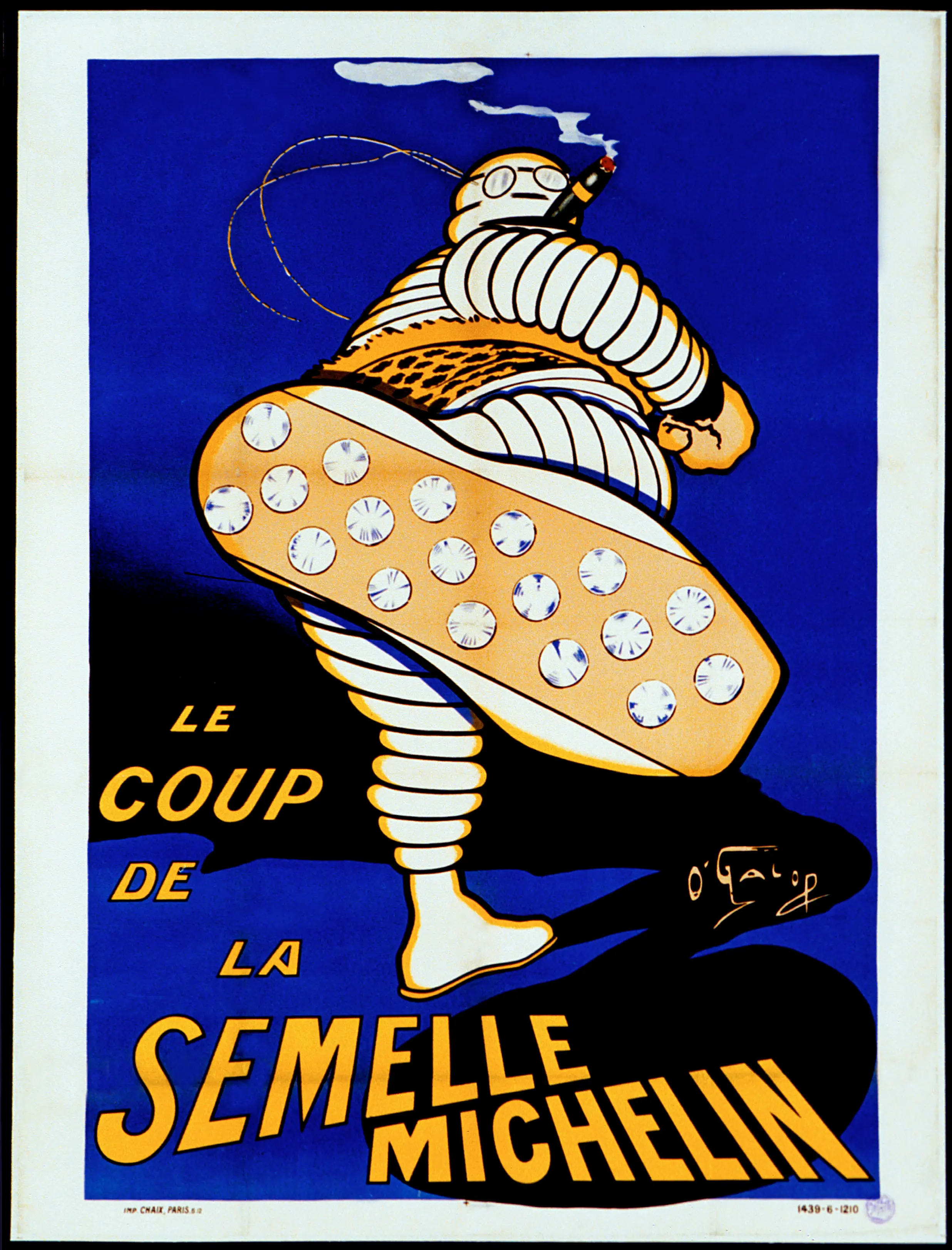A list of curious facts
One: What’s the connection between car tyres and chi-chi restaurants? Answer: Michelin. In 1889, French brothers André and Édouard Michelin founded a tyre company that would go on to rule the world—in more ways than one. Eleven years after its founding, the company launched a novel strategy to encourage France’s car owners to wear out their wheels:
The books and maps enticed drivers to explore their country, making detours to appealing restaurants and staying somewhere overnight to lengthen their travels — a deft move to encourage longer journeys by car, which, in turn, meant bigger tyre sales.
By 1926, these guides focused on fine dining—and rating restaurants by the number of stars was introduced ten years later. The stars were meant as guides to drivers—the fancy kind who could afford automobiles those days:
- One star: "A very good restaurant in its category" (Une très bonne table dans sa catégorie)
- Two stars: "Excellent cooking, worth a detour" (Table excellente, mérite un détour)
- Three stars: "Exceptional cuisine, worth a special journey" (Une des meilleures tables, vaut le voyage)
In fact, the original Michelin Man—known as Bibendum—was meant to be “a rotund bon vivant puffing on a cigar”:

But the real-life Bibendum was more mutant mummy—correction: mutant alien mummy. See: lead image. Below is the far more amusing photo of these hellish creatures in an… orchestra (?!):

Business Insider has a good collection of images of the Michelin Man through the ages. BBC Travel offers a deep dive into Michelin history.
Two: A financial analyst’s report shows that US airlines are poised to save great amounts of money thanks to an entirely unexpected reason: weight loss drugs. The more weight a plane carries, the more fuel it burns. Fuel accounts for 25% of all costs for airlines—which have done their best to therefore reduce weight. Ergo, this bit of math:
If the average passenger lost 10 pounds, this would trim 1,790 pounds from every United flight, implying a savings of 27.6 million gallons a year, the analyst estimated. At an average 2023 fuel price of $2.89 a gallon, United would save $80 million a year. That equates to 20 cents of earnings per share, or 2% of Jefferies’s full-year earnings estimate of $9.50 a share, she said.
With the rise of ‘miracle’ meds like Ozempic, the market for such drugs is expected to cross $100 billion—which will have a knock on effect across airlines… or so some analysts claim. Whether true or not, there is something wrong about pinning corporate bottomlines to human beings’ bodies, yes? FYI: Our Big Story lays out the complicated debate around Ozempic. (Bloomberg News)
Three: The longest straight-line path across the oceans stretches from the Pakistan coast to northeast Russia—via the passage between Madagascar and Africa. That’s a 19,940-mile journey without touching land. The route was first mapped by a Reddit user—and later confirmed by physicist Rohan Chabukswar and IBM engineer Kushal Mukherjee. It looks like this:
The longest drivable straight-line path: a 6,985-mile route from eastern China to western Portugal. Smithsonian has nerdy details on how the two men calculated the above. Bonus vid: This straight-line path that connects India to the US:


 souk picks
souk picks